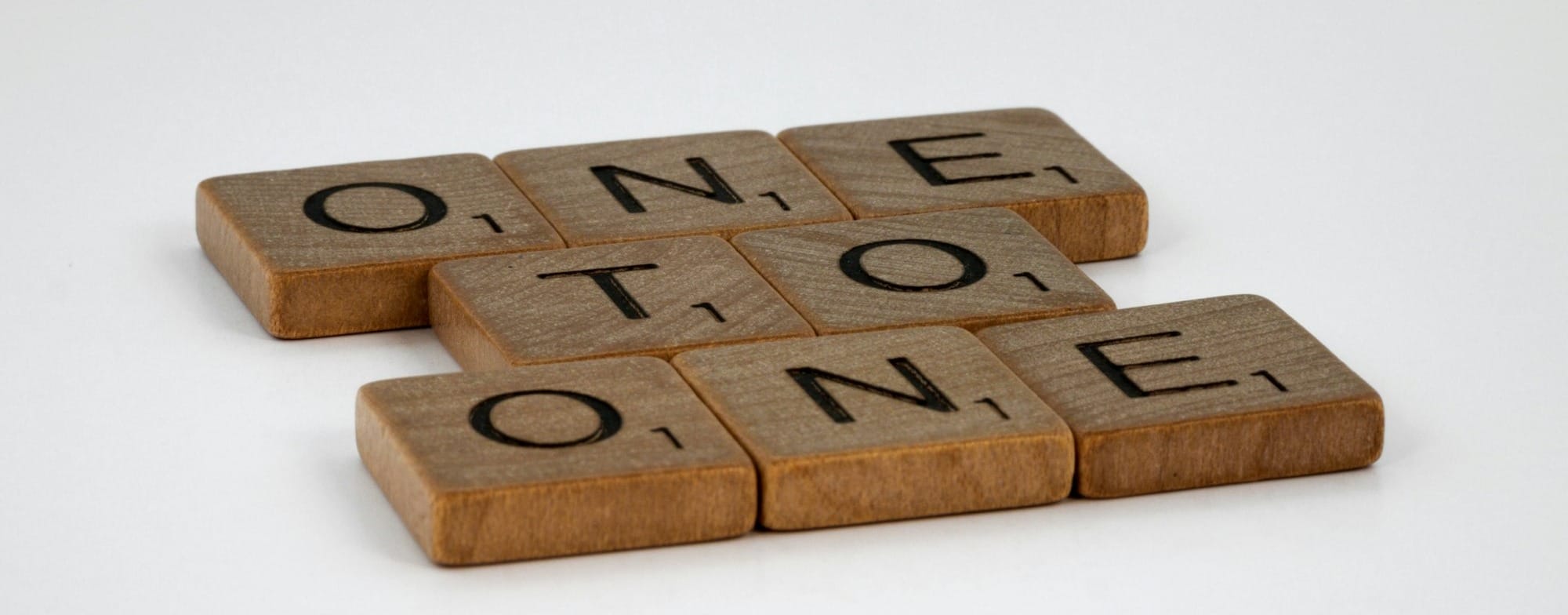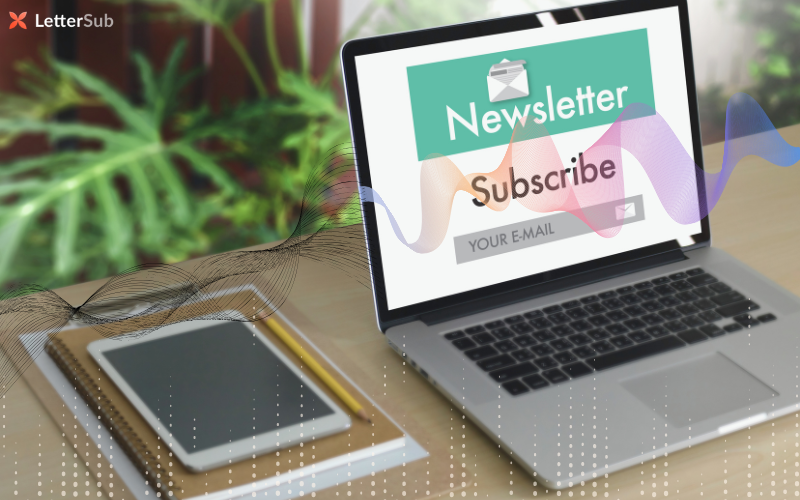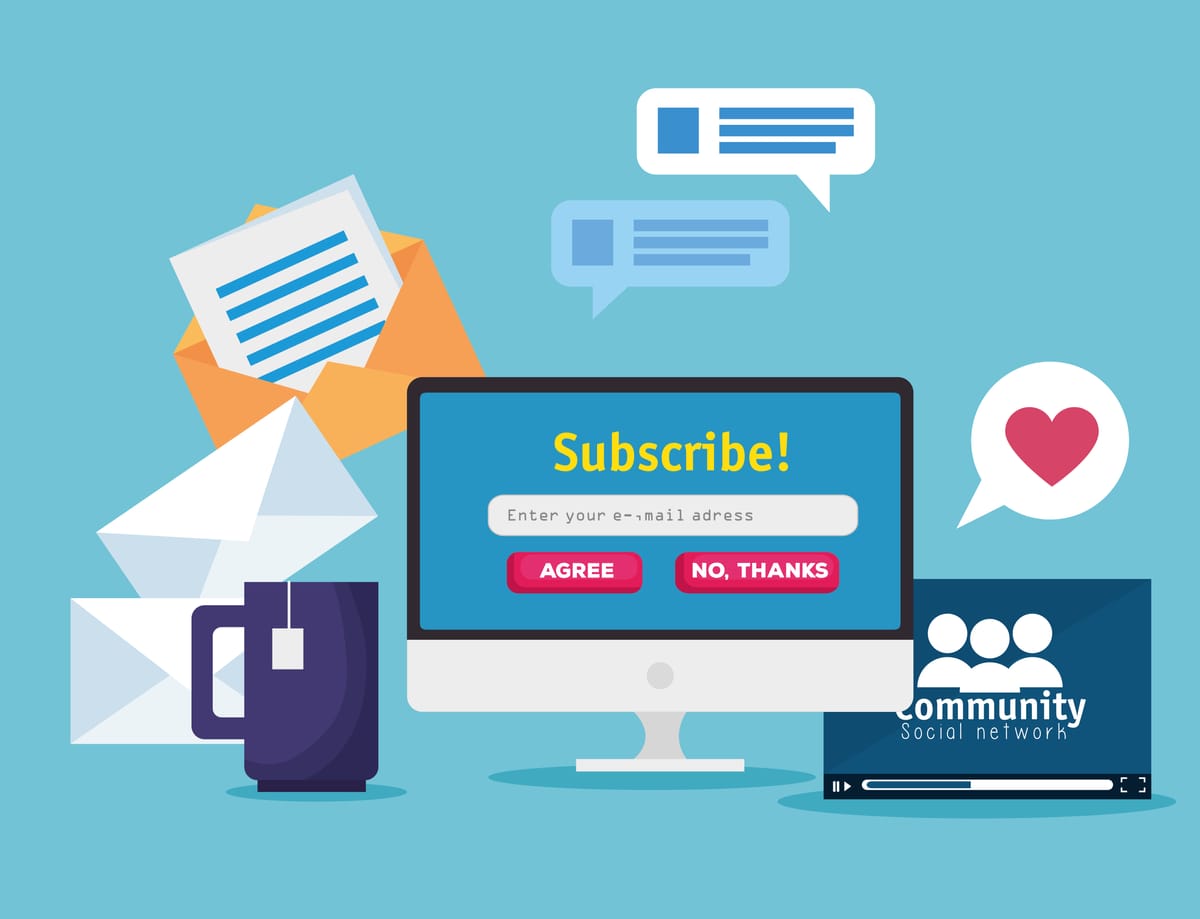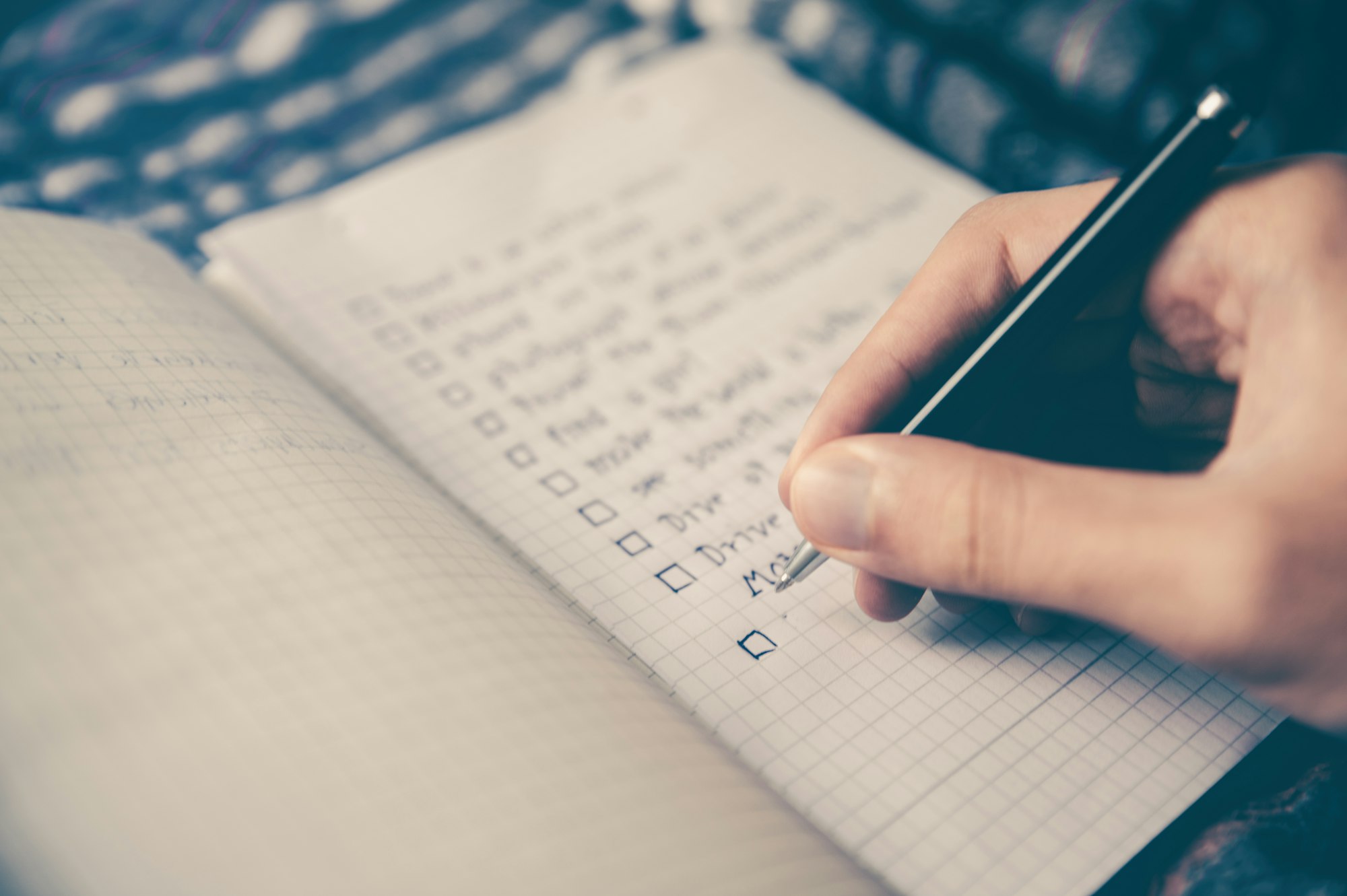How to Write an Appealing Newsletter: 10 Beginner-Friendly Tips that Engage & Convert

Newsletters are one of the most powerful ways to connect with your audience, build trust, and grow your business. Whether you’re promoting your products, sharing valuable insights, or turning a hobby into a thriving online community, newsletters give you a direct line of communication with your readers. But if you're just getting started, you might feel overwhelmed.
Where do you begin? If you're a beginner, you might be wondering:
- What should I write about?
- How do I make my newsletters engaging?
- What tools can help me get started?
- How do you structure your content?
Don't worry! This guide will walk you through everything you need to know to write your first newsletter with confidence. From essential tips to choosing the right platform, you’ll get all the tools to craft engaging, high-performing newsletters. Plus, we'll share how LetterSub can amplify your newsletter and help you reach the right audience.
Why Start a Newsletter?

Before diving into the “how,” let’s talk about the “why.” Newsletters are one of the best ways to build relationships with your audience. Unlike social media, where your content can get lost in the feed, emails go directly to your subscribers' inboxes—giving you a higher chance of engagement.
A well-written newsletter can:
✔ Build trust and credibility in your industry.
✔ Keep your audience updated on your latest news or offers.
✔ Increase traffic to your website, blog, or online store.
✔ Convert readers into customers or loyal followers.
The key is to deliver value in every email. If your readers find your content helpful, interesting, or entertaining, they'll keep coming back for more.
10 Essential Tips to Write a Newsletter as a Beginner

1. Define Your Newsletter’s Purpose
Before you start writing, ask yourself: Why am I sending this newsletter?
Your newsletter should have a clear goal. Do you want to promote products, share industry updates, educate your audience, or drive traffic to your website? When you know your purpose, you’ll write with more clarity and focus.
For Example:
- If you run an online bakery, your newsletter might share baking tips, recipes, and special discounts to encourage repeat customers.
- If you have a business newsletter, you may want to focus on industry updates or promotions of your products/services.
- If you have a personal blog newsletter, you may share stories, and your personal experiences related to the product/service that you offer.
- If you are a hobby-based newsletter, you may provide tips, reviews, or recommendations based on your hobby.
Here is an additional reading to understand the importance of having a clear goal for your newsletter.
2. Know Your Audience

Your newsletter should feel personal to your readers. Your newsletter is not about you—it’s about your readers. Think about who they are and what they want to read. Consider their interests, pain points, and what kind of content they would find valuable.
If you're unsure, ask them! A simple poll or question in your first email can help you understand what your subscribers want to see.
Write in a way that speaks directly to them. Use a tone and style that matches their preferences—whether it’s friendly and casual or professional and informative. This article emphasizes the importance of understanding your readers to better customize your content.
For instance, if you’re targeting busy entrepreneurs, keep your newsletter short, actionable, and time efficient.
3. Write an Attention-Grabbing Subject Line

Your subject line is the first thing people see, and it determines whether they open your email or not. If it doesn’t catch attention, your email won’t get opened.
Best practices for subject lines:
- Keep it short (under 50 characters)
- Use curiosity (e.g., Are You Making This Big Marketing Mistake?)
- Add urgency (e.g., Last Chance: 50% Off Ends Tonight!)
- Personalize it (e.g., Sarah, Here’s a Gift for You!)
For example:
✔ Bad: "Our Weekly Newsletter" (boring, vague)
✔ Good: "5 Secrets to Double Your Sales This Month" (specific, engaging)
Try adding personalization, numbers, or curiosity-driven phrases to boost open rates. Remember, crafting compelling subject lines is vital for increasing open rates. This resource provides several tips to write engaging email subject lines, along with examples to guide you.
4. Start with a Strong Hook

Your first few lines of your newsletter must be interesting and should hook your reader’s attention. If it’s dull, they’ll be stop reading and close your email.
Ways to create a strong opening:
✔ Ask a question (Have you ever struggled with…?)
✔ Share a surprising fact (Did you know that 80% of readers skim emails?)
✔ Tell a quick story (Last week, I made a big mistake…)
One of the examples to start with a strong hook is: “Last month, I almost quit my business. Here’s what saved me.”
5. Keep It Short & Valuable

People are busy, and inboxes are crowded. Get to the point quickly. Instead of long paragraphs, use short, scannable sections with bullet points or bold key points. People don’t have time to read long, fluffy emails.
Some guidelines to make it short and valuable:
- Use short paragraphs
- Break up text with bullet points
- Stick to one clear message per email
For instance, if you’re sharing productivity tips, don’t write an essay. Instead, list 3 actionable tips with a quick explanation. Or, instead of writing a full essay about why newsletters are great, summarize it in 3 key benefits.
6. Make It Personal

Write like you’re talking to a friend. Avoid overly formal language—keep it natural, engaging, and authentic. Readers will connect more if they feel like you're speaking directly to them. People engage more when emails feel personal. Address them by name, share relatable experiences, and write as if you’re speaking to a friend.
Instead of: "We are pleased to announce that we have launched a new product," try: "Hey [Name], we just launched something exciting—you’re going to love it!"
7. Include a Call-to-Action (CTA)

Every newsletter should have a goal—whether it’s driving traffic to a blog, promoting a product, or encouraging engagement. Make it clear what you want your readers to do next. What do you want your readers to do after reading?
Your CTA could be:
- Visit your website (Check out our latest blog post here! Or Click here to read more!)
- Buy a product for a limited period (Grab yours before the sale ends this week!)
- Follow you on social media (Let’s connect on Facebook and Instagram!)
- Get feedback (Reply and let me know what you think!)
This additional article informs you the most important factors to consider when producing email calls to action and provides tips for killer CTA.
8. Use a Consistent Schedule

Choose a sending schedule and stick to it. Whether it’s weekly, bi-weekly, or monthly, consistency helps your readers know when to expect your emails. How often should you send your newsletter? Weekly? Biweekly? Monthly?
Find a frequency that works for you and stick to it. Consistency builds trust and keeps your audience engaged. Please read here for an additional reading about Newsletter frequency:

An example is if you promise a “Monday Marketing Tip” every week, make sure it arrives every Monday!
9. Test & Improve

Not every newsletter will be perfect. It is human. You should experiment with different subject lines, formats, and content types in your newsletter. Some of the guideline that you should do for your newsletter:
✔ Use A/B testing to see what works best
✔ Track open rates & click rates
✔ Ask for feedback from subscribers
For instance, if your open rate is low, test different subject lines to see what gets more engagement. Here is a step-by-step guide reading to do the A/B testing for your newsletter.
10. Always Provide Value

Every email should give your reader something useful—whether it’s knowledge, inspiration, or an exclusive deal.
Before hitting send, ask: Would I want to read this if I were my subscriber?
For example, if you run a fitness newsletter, give them a quick home workout tip instead of just promoting your gym membership.
How to Make Your Newsletter More Engaging

- Start with a strong hook – Your first sentence should grab attention.
- Use images & GIFs to break up text and add visual appeal
- Tell stories instead of just listing facts
- Encourage replies by asking your audience a question
- Add exclusive content that they can’t get anywhere else
- Offer value – Give tips, insights, or exclusive content.
For instance, instead of saying "Here’s a 20% discount," tell a quick story about why you’re giving the discount (e.g., celebrating an anniversary).
Best Newsletter Tools for Beginners

You don’t need fancy software to start a newsletter. Here are some easy-to-use platforms for beginners:
🔹 Mailchimp – Great for beginners with drag-and-drop email design
🔹 ConvertKit – Best for bloggers & content creators
🔹 MailerLite – Simple & affordable with automation features
🔹 Substack – Perfect for personal newsletters & paid subscriptions
If you decide to use one of these platforms, here are some additional reading for pairing them with LetterSub to amplify your newsletter:

Boost Your Newsletter’s Reach with LetterSub
Writing a great newsletter is just the beginning. Once you've created a great newsletter, how do you get more people to read it? If you want to reach more people and grow your audience faster, you need LetterSub.
💡 LetterSub doesn’t create newsletters, but it amplifies your reach by helping you find the right audience. Instead of hoping people open your email, use LetterSub to maximize visibility and engagement.
Want to grow your newsletter faster? Let LetterSub help you reach more readers and maximize engagement.
Conclusion: Start Writing Your Newsletter Today!
Starting a newsletter may feel intimidating at first, but it doesn’t have to be complicated. By following these 10 simple tips, choose the right tools, and stay consistent, you can create a newsletter that people love to read—and one that helps you grow your brand or business.
Remember: Your newsletter should be valuable, engaging, and personal. The more you connect with your audience, the more loyal they’ll become.
Are you ready to create a powerful newsletter? Start today and let LetterSub help you amplify your reach!
Some additional readings to get started with your newsletters:







